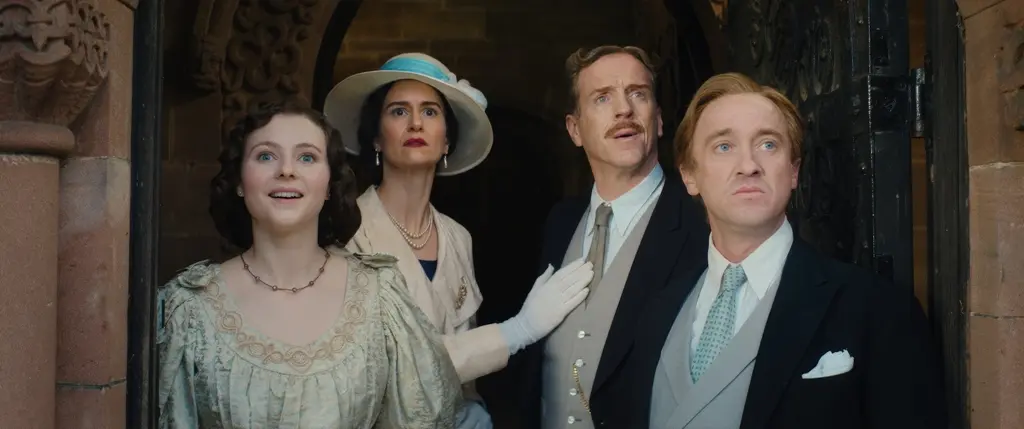NR | 1h 18min | Documentary, History, Art | 26 May 2023 (Netherlands)
Other than possibly Rembrandt, none of the painters to produce art during the 17th-century Dutch Golden Age is as well-respected and revered by experts and collectors as Johannes Vermeer.





